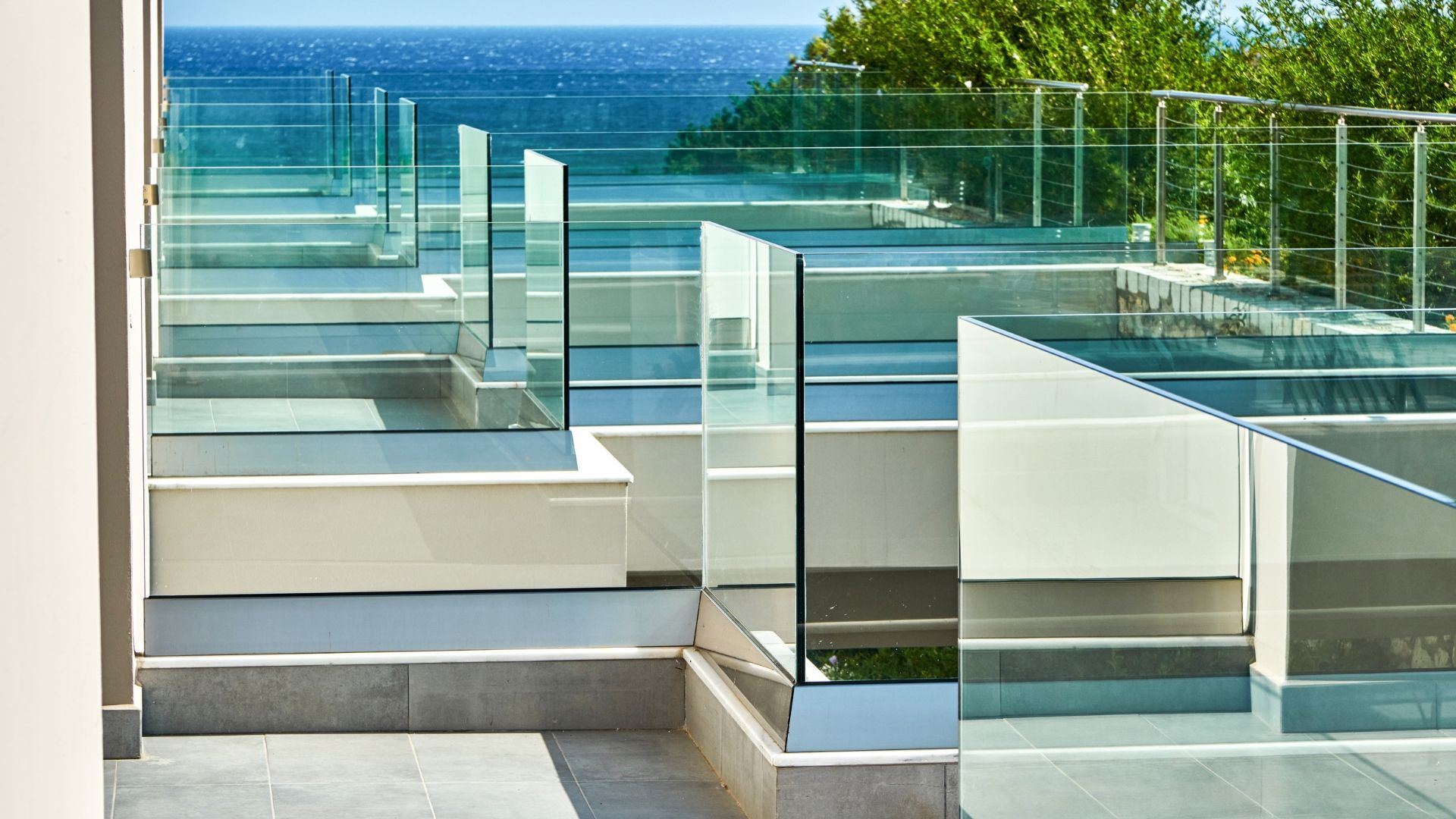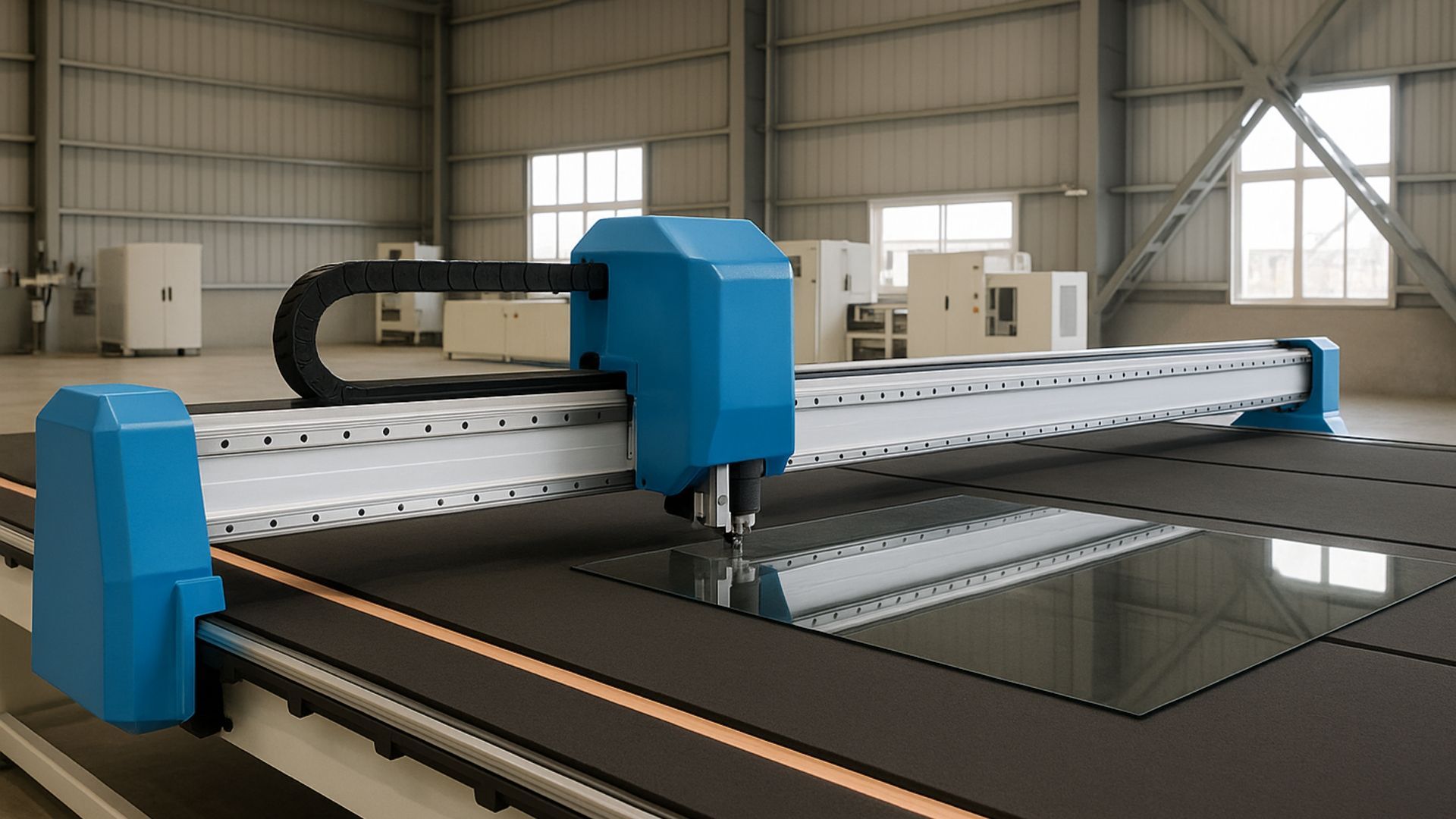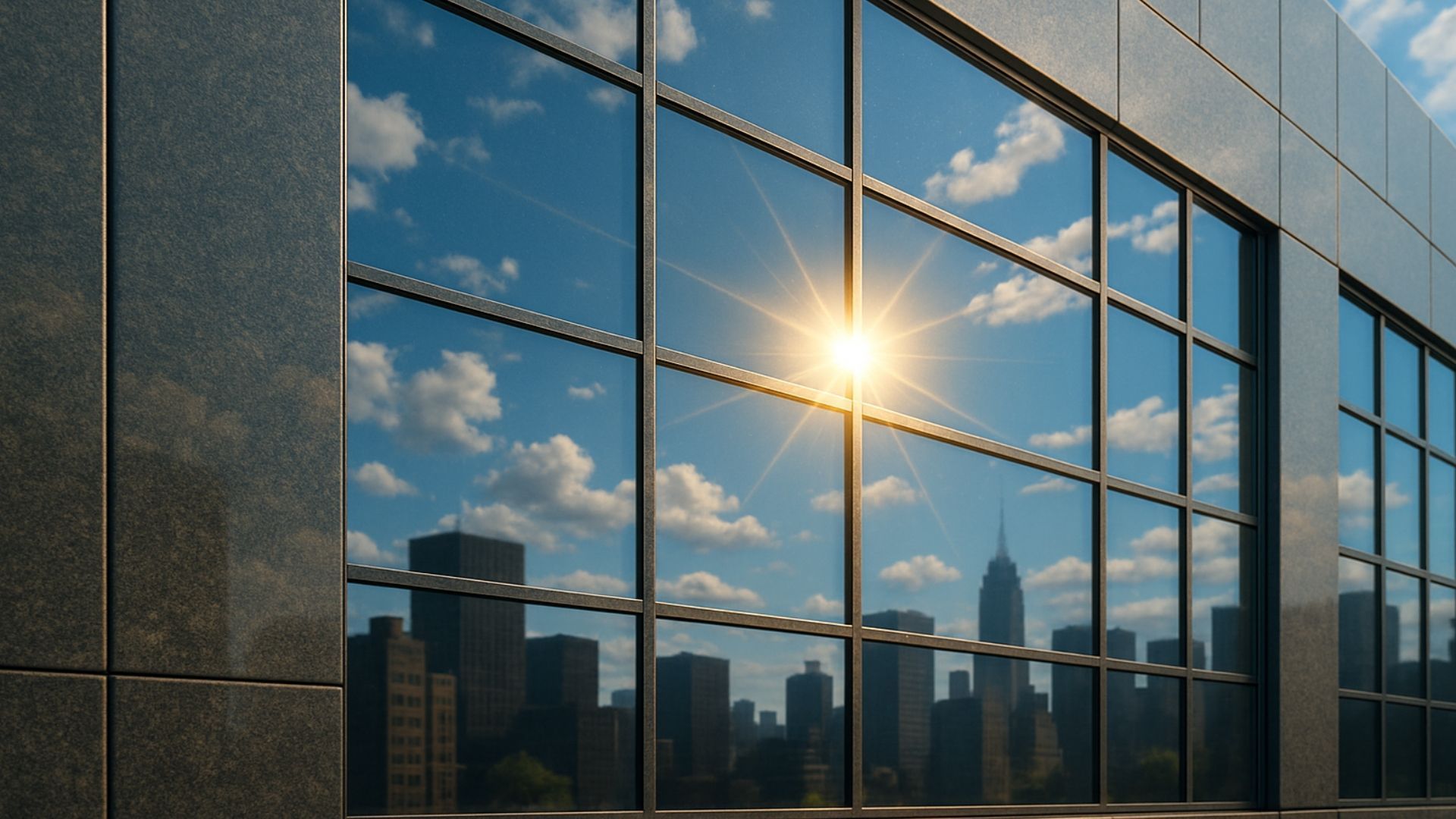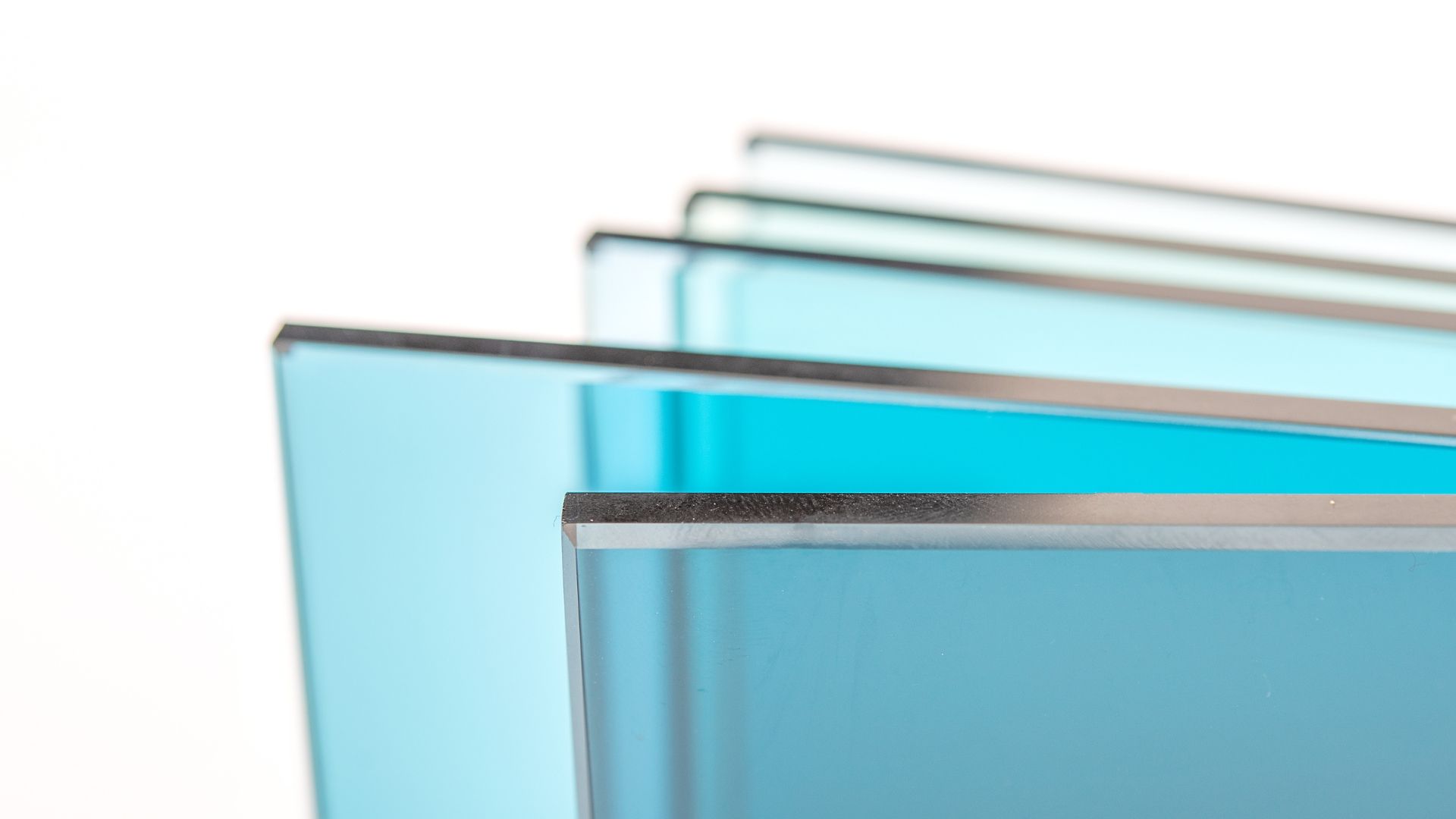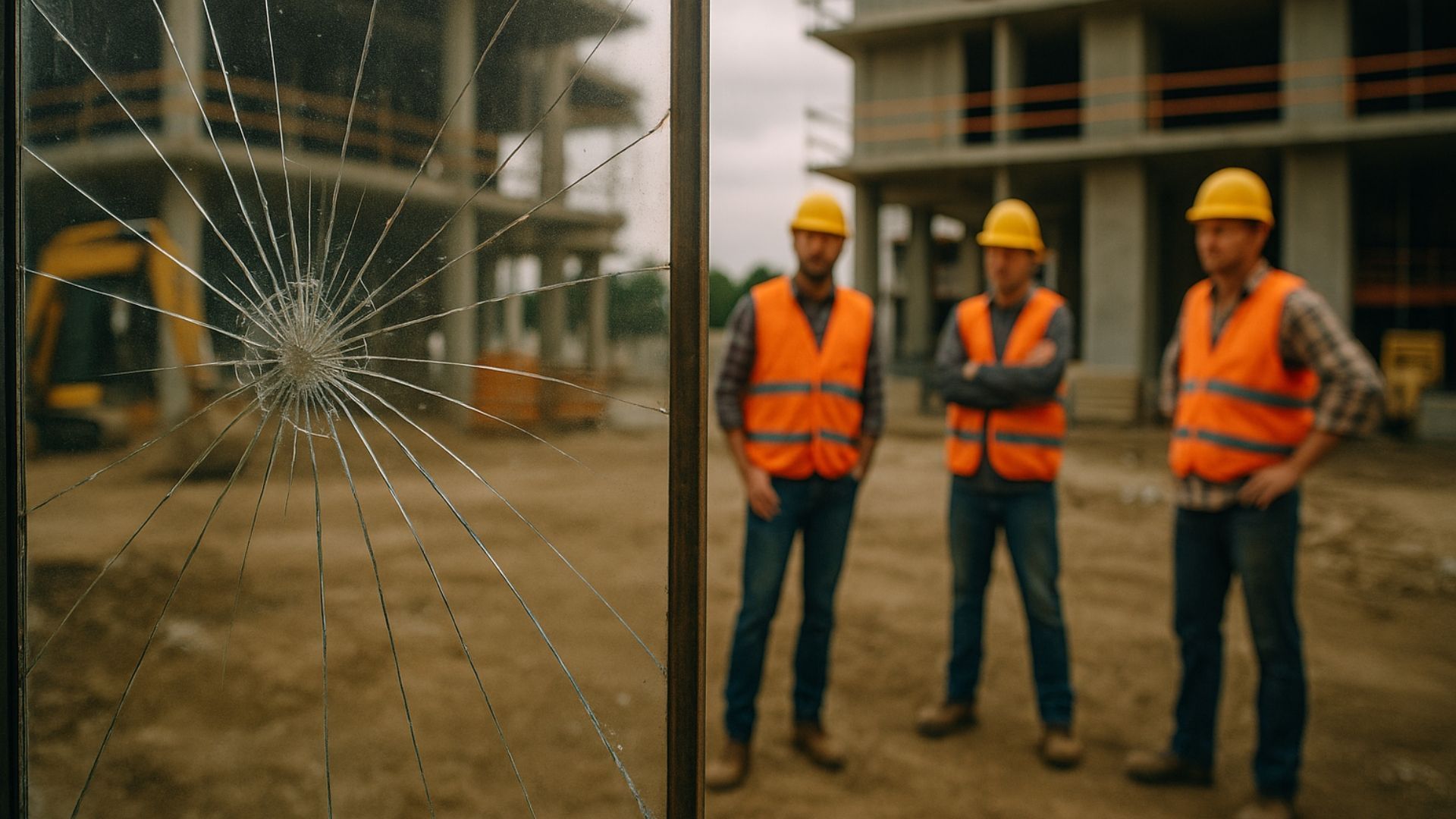A guide to glass building regulations in Ireland
Share this blog:
Glass buildings in Ireland and elsewhere are subject to regulations. Discover more in our 5-minute guide.

Structural glazing is amazing. From skyscrapers in the world's financial districts to glass balconies in upmarket flats, there's nothing like a touch of glass to bring a touch of class.
But like all types of building works, glass is a tightly regulated material. It's no surprise – if people are literally going to be walking on glass, it needs to be the right material installed to the right specifications.
And while the advent of safety glass has meant that glass buildings are sturdier than ever, it's not as though accidents never happen. Around the turn of the millennium, there was a wave of structural failures in all-glass buildings – and these were in construction projects designed by industry titans like Richard Rogers and Norman Foster.
The bottom line is that your structural glazing needs to be in line with industry regulations. The alternative is to put staff, visitors and bystanders at risk – and yourself in the event of a lawsuit.
Each country has its own regulations, although many overlap. In Ireland, the design and construction of buildings are regulated under the Building Control Acts – a series of documents published between 1990 and 2014. These are readily available on the government's
website.
In this article, we're going to give you a quick tour of glass building regulations in Ireland – but before we do, it's important to note that nothing in this article constitutes official advice. The only documents that are indispensable to you are the Control Acts and Regulations on the government website.
Glazing requirements for critical locations
In Ireland, glazing requirements for critical locations are covered by a series of documents. These are:
- Building Regulations Part K "Stairways, ladders, ramps and guards"
- BS EN 12600 "Glass in building – Pendulum test – Impact test method and classification for flat glass"
- BS 6262: "Code of practice for glazing for buildings" Part 4 "Safety related to human impact"
Stairways, ladders, ramps and guards
Approved Document K of the Building Regulations focuses on protection against falling, collision and impact, with Part 4 covering glazing. These apply both to dwellings and non-dwellings. However, they focus only on glazing that people will come into contact with when moving around the building.
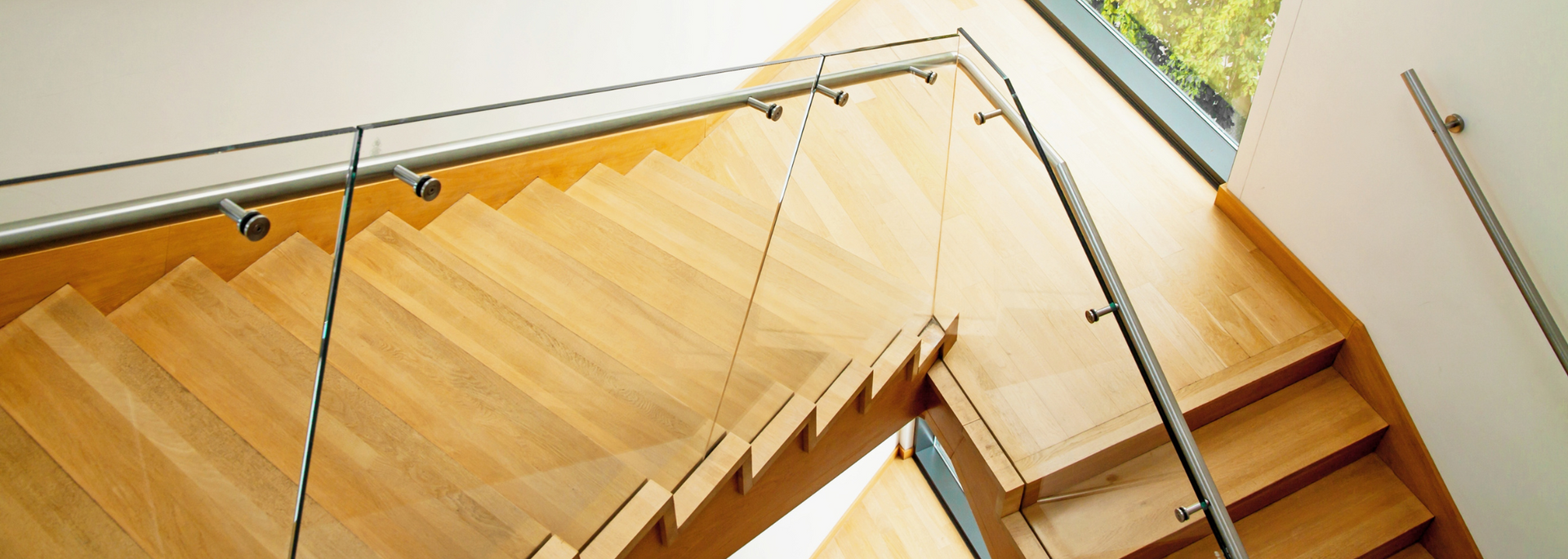
If it's a piece of glass that a person is likely to come into contact with, it must either break in a way that won't cause injury, resist impact without breaking or be protected from impact by a barrier.
The most appropriate type of glass for the job will often be toughened glass. This is manufactured to break into tiny granular pieces rather than large shards. When laminated, toughened glass can be even more robust.
Safe breakage
In so-called "critical locations", the glass used must break safely. The precise details are complex, but a rule of thumb is that doors, side panels and windows must follow safe breakage rules when up to 800 millimetres above ground level.
As well as breaking safely, the glass used must be "robust" and protected at all times. Most of the time, toughened glass meets these requirements.
How is safe breakage calculated?
Safe breakage is ascertained by impact testing. It follows the regulations laid out in BS EN 12600, section 4, and BS 6206, clause 5.3:
- The breakage must create a small, clear opening.
- The glass must shatter into small, detached pieces (not large shards).
- These pieces can't be sharp or pointed.
Exceptions to K4
The requirements in K4 don't need to be met if the glazing is permanently protected by a screen. However, the screen itself must meet certain requirements:
- It would need to be able to prevent a 75-millimetre sphere from impacting it.
- It must be robust.
- It must be difficult to climb.
Fuel and power conservation
Part L of the Building Regulations covers the conservation of fuel and energy in Irish buildings – both dwellings and non-dwellings.
This Building Regulation, taken together with Technical Guidance Document L, lays out the type of glass needed to meet Ireland's sustainability targets. The main focus is on low-emissivity glass and energy performance.
What type of glass is used in structural glazing?
Structural glazing refers to any glazing that has to bear some of the structure's weight – from skyscrapers to frameless windows and everything in between.
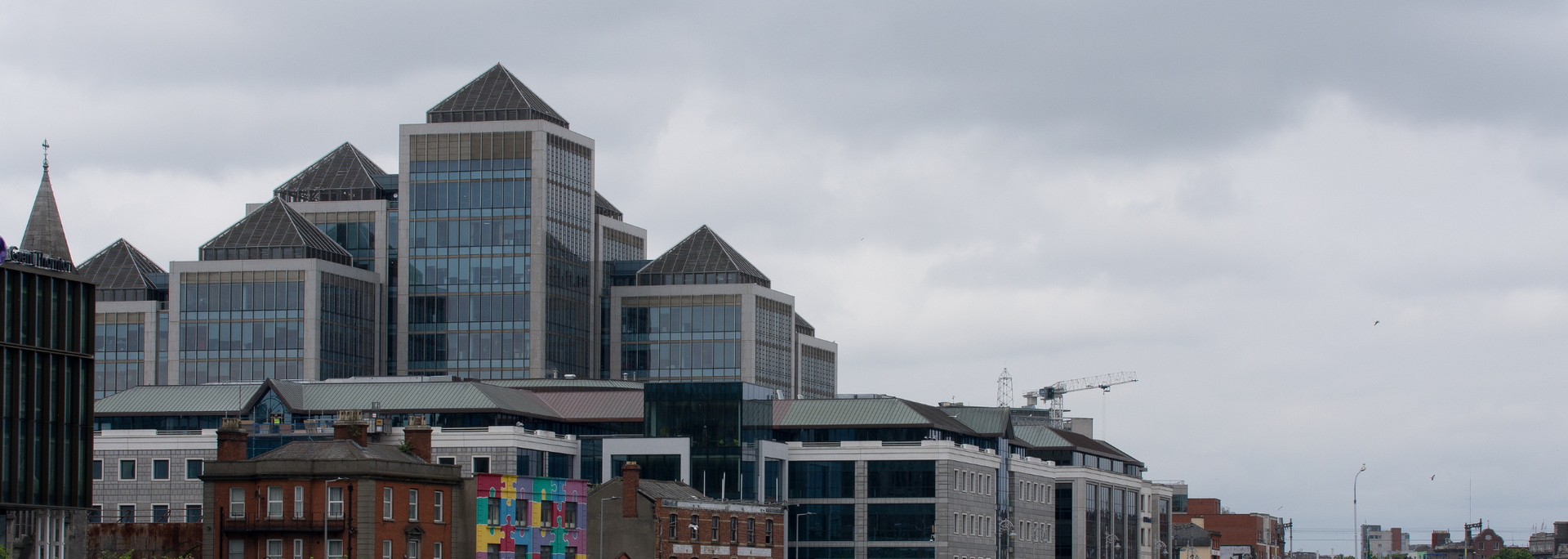
Not all types of glass can bear loads in this way. It will typically be laminated glass – a type of glass fashioned from two panes of glass with a plastic interlayer.
Laminated glass is even more robust than toughened glass alone. Toughened glass shatters into small "safety pieces"; laminated glass won't shatter at all in most situations. Instead, it cracks like a spider's web – something you may have seen on a broken car windscreen.
Making sure you get the right materials for the job is essential if you're building project is to be compliant with building regulations. This is one reason why it's so important to work with a glass processor that makes robust, fit-for-purpose glass.
What is safety glass?
Safety glass is a term that covers both toughened and laminated glass. For a piece of glass to be given the name "safety glass", it has to pass an impact test and break in a particular way.
Notable glass buildings in Ireland
The world is full of amazing glass buildings – and a fair few of them are in Ireland.
Take Georges Quay Plaza in Dublin. This office building tops the skyline with brick pyramids atop steel and glass towers.
Or there's the National Botanic Gardens, nestled in leafy Glasnevin. Built in 1795, this classic-looking building is home to more than 15,000 species of plants from around the world.
Conclusion
If you're a glass supplier or building project manager in Ireland, you need to be sure that your materials comply with regulations.
A big part of this is getting the right processor on board so you know your materials are right for the job.
Are you looking for high-quality
structural glass? ToughGlaze is one of the UK's most trusted glass processors – and we supply our products worldwide.
Get in touch for a quick, competitive quote.

